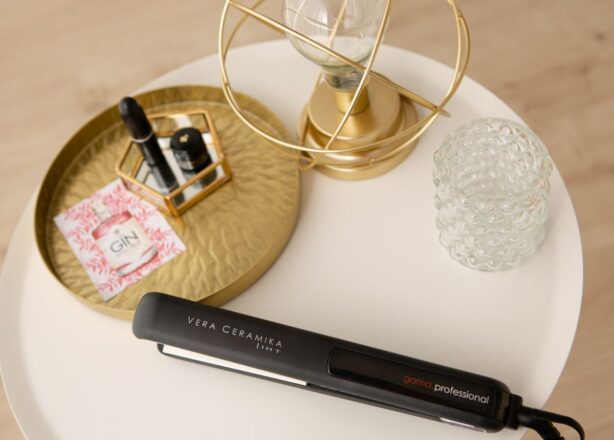Hair straighteners, also known as flat irons or hair irons, have become a popular styling tool for people with all types of hair. They allow you to easily achieve straight, sleek locks, or add curls and waves to your hair.

However, while hair straighteners can be convenient and give you a great look, it’s important to be aware of the potential risks and dangers that might come with using them.
Before deciding to make a hair straightener a regular part of your styling regime, keep these potential dangers in mind:
Damage To Hair
One of the main risks associated with hair straighteners is the potential for damage to your hair.
When hair is subjected to high heat, it can become dry, brittle, and prone to breakage. This is especially true for people with already damaged hair, or those who use hair straighteners daily.
Using hair straighteners on wet hair can be particularly damaging, as the heat can cause steam to be trapped in the hair shaft, leading to even more damage.
To minimize the risk of hair straightener damage, it’s important to use heat-protectant products before styling, and to avoid using hair straighteners on wet hair.
Burns and Skin Irritation
Another potential risk of hair straighteners is the possibility of burns and skin irritation. The heat from the flat iron can cause burns if it comes into contact with your skin, particularly if you have sensitive skin.
This can be especially dangerous if you accidentally touch the hot plates while using the hair straightener, or if you hold the hair straightener too close to your head when styling.
To reduce the risk of burns, it is important to use a heat-resistant mat when styling your hair, and to be careful not to touch the hot plates while the straightener is on.
Fire Hazard
Hair straighteners may pose a fire hazard if they are not used correctly. If the cord is frayed or damaged in any way, it can cause the hair straightener to short circuit, leading to a potential fire.
It’s important to regularly check the cord of your hair straightener to ensure it is in good condition, and to replace it if it shows any signs of wear and tear.
Of course, you’ll also want to make sure you always unplug your hair straightener when it is not in use, as leaving it plugged in creates a fire risk.
Choosing a Safe Hair Straightener
To minimize the risks associated with hair straighteners, it is important to choose a high-quality product that’s designed to minimize the risk of hair straightener damage and burns.
Look for hair straighteners that have a temperature control feature, as this will allow you to adjust the heat to a level that is safe for your hair type.
It’s also a good idea to choose a hair straightener with ceramic plates, as these are less damaging to the hair than those with metal plates.
Finally, make sure to read some reviews and do a bit of research when you’re considering purchasing a specific hair straightener, to ensure that it is safe and reliable.
Legal Cases
In recent years, there have been several hair straightener lawsuits filed against manufacturers due to the potential dangers associated with using these styling tools.
Some of these lawsuits have been related to burns and skin irritation caused by faulty hair straighteners, while others have been due to the risk of fire from defective products.
It is important for consumers to be aware of these potential risks, and to choose a reliable hair straightener to minimize the chance of any incidents occurring.

Conclusion
While hair straighteners can be a fun and useful styling tool, it’s always smart to be aware of the potential risks and dangers that come with using them.
From damaging your hair to causing burns and skin irritation and even posing a fire hazard, there are several reasons why you need to be cautious when using hair straighteners.
By taking proper precautions and choosing a safe and reliable product, you can enjoy the benefits of hair straighteners without exposing yourself to unnecessary risks.
